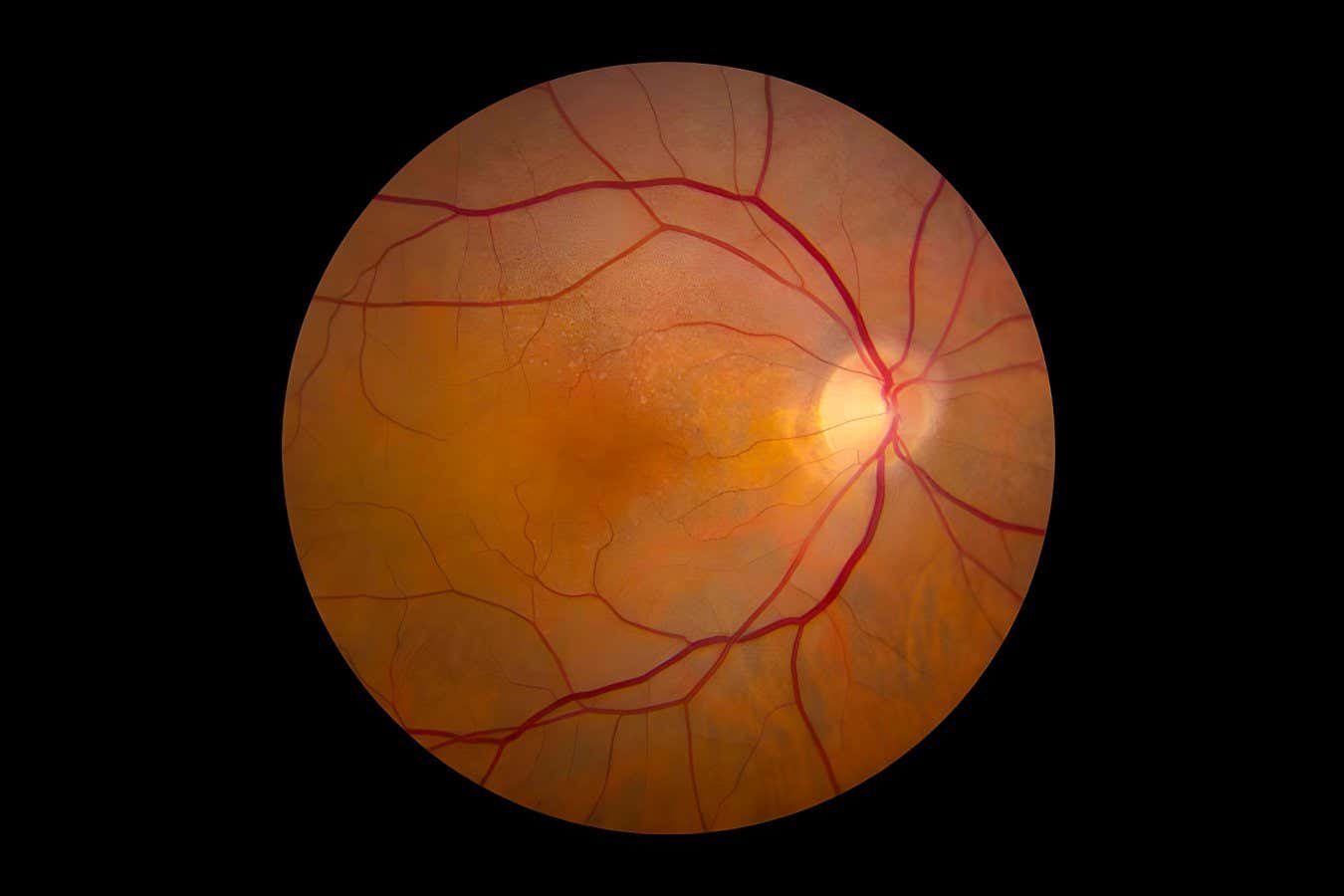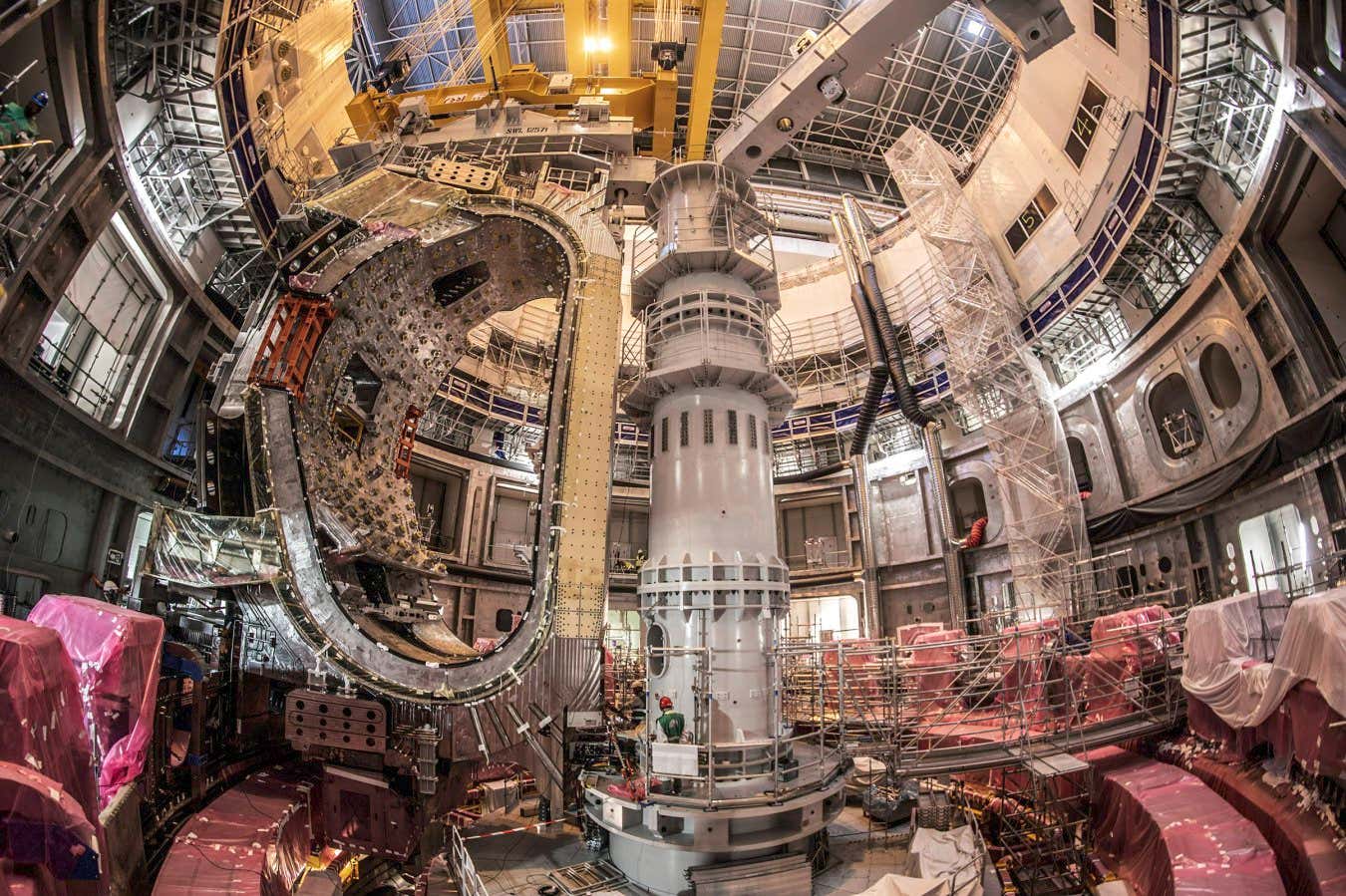Now Reading: Retinal Implant Successfully Restores Vision in Blind Mice
1
-
01
Retinal Implant Successfully Restores Vision in Blind Mice
Retinal Implant Successfully Restores Vision in Blind Mice

Speedy Summary
- Research: A retinal prosthesis made from metallic nanoparticles has partially restored vision in blind mice, offering potential for treating conditions like macular degeneration.
- Mechanism: Teh prosthesis replaces lost retinal cells and converts light into electrical signals sent to the brain via nerves.
- Testing Procedure: Blind mice implanted with the prosthesis successfully completed water-seeking tests 68% of the time compared to 78% for fully sighted mice and 27% for untreated blind ones.
- Safety Findings: Minimal toxicity was observed two months after implantation, but long-term safety trials (up to five years) will be required before moving toward human clinical applications.
- Potential Applications: Could benefit individuals with retinitis pigmentosa and possibly age-related macular degeneration. Tho,risks may outweigh benefits in cases were partial vision remains intact.
- Limitations & Next Steps: Further research is needed due to differences between mouse and human vision. Clinical trials on humans remain a distant goal.
!campaign=RSS%7CNSNS&utmsource=NSNS&utmmedium=RSS&utm_content=home”>Read More
Stay Informed With the Latest & Most Important News
Previous Post
Next Post
Loading Next Post...
























